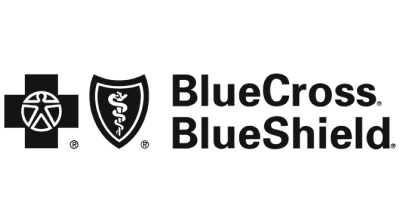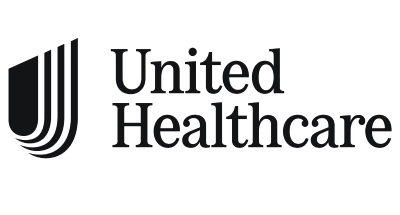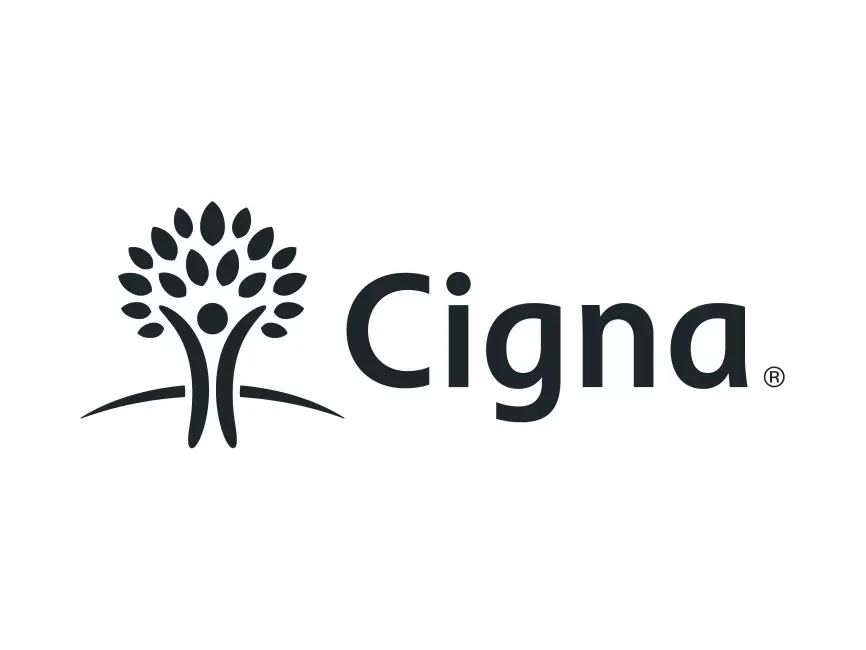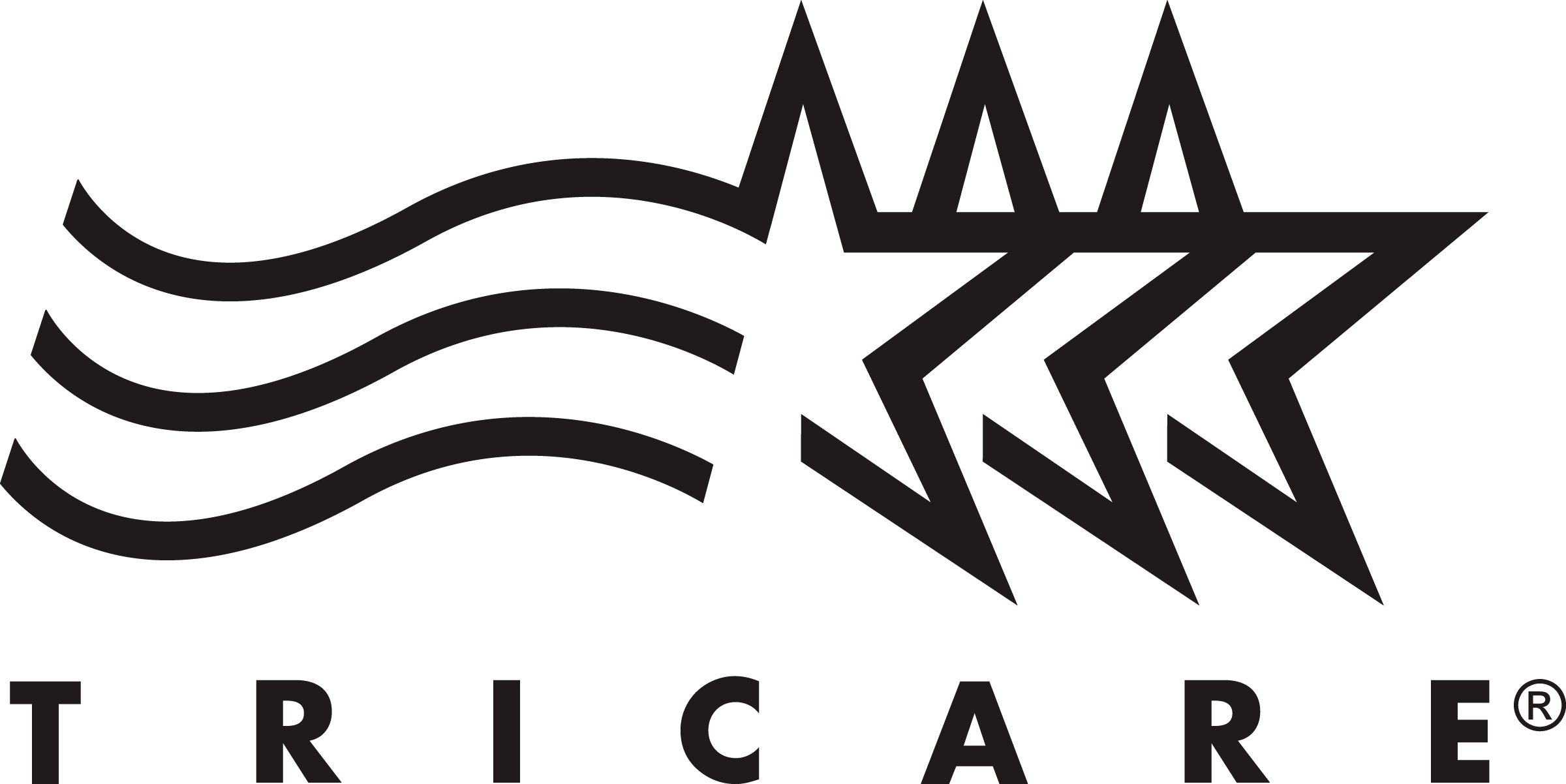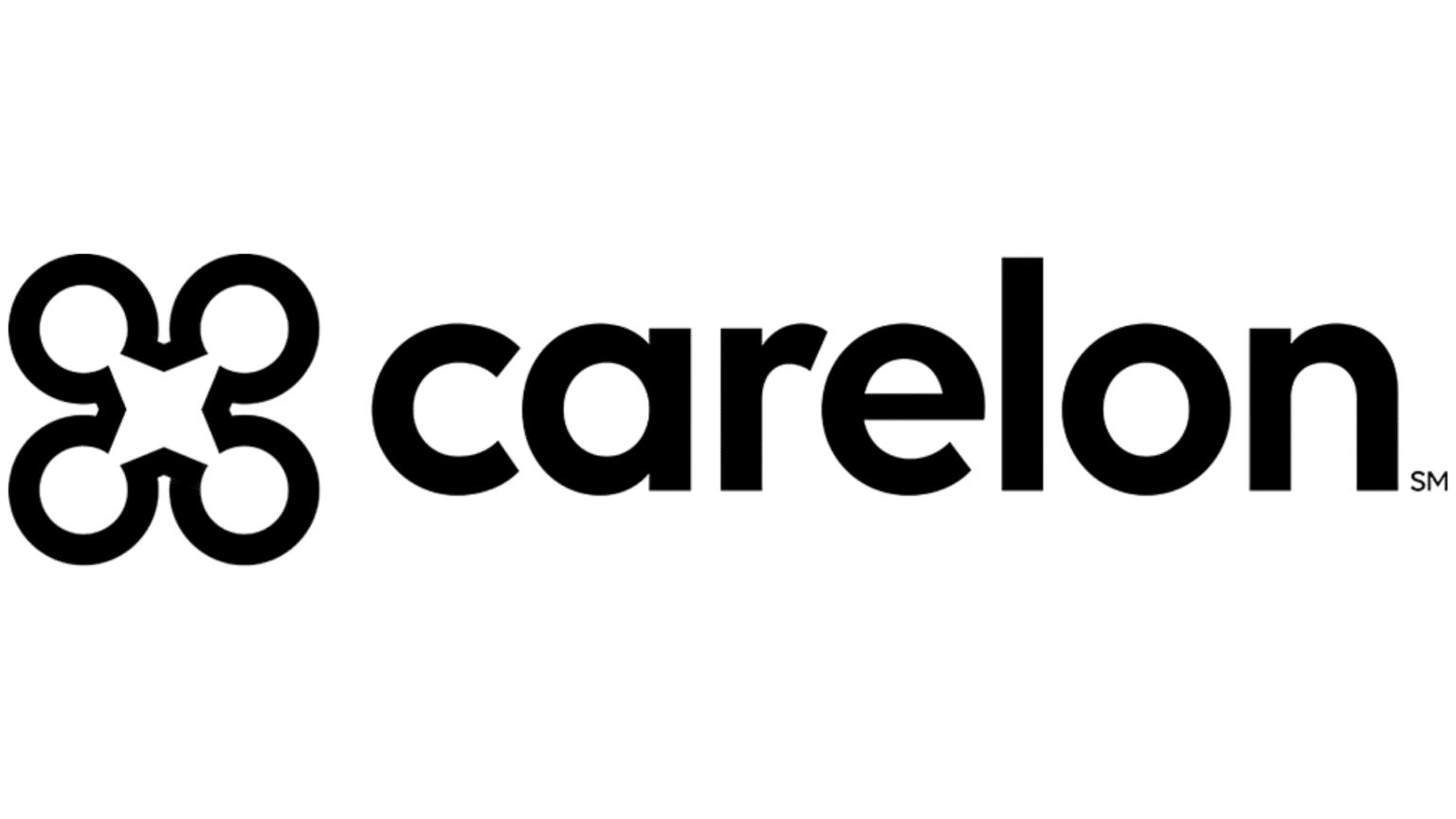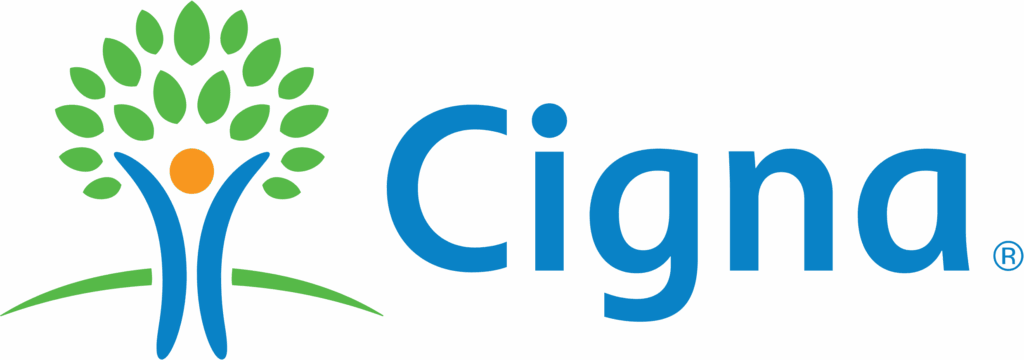Historical Context
Understanding the historical context of California’s Good Samaritan Drug Laws provides valuable insight into why they were enacted and how they have evolved. The concept of Good Samaritan laws isn’t new; they have long existed to protect individuals who provide reasonable assistance to those injured, ill, in peril, or otherwise incapacitated. However, applying this principle specifically to drug overdose emergencies is a more recent development, driven by the escalating public health crisis of overdose deaths across the United States, including in California. Prior to the enactment of specific drug overdose Good Samaritan laws, individuals who called 911 to report an overdose were often fearful of facing criminal charges related to drug possession or use. This fear created a tragic paradox: the very people most capable of summoning life-saving aid were disincentivized from doing so by the potential legal repercussions. Advocacy groups, public health officials, and grieving families began highlighting this issue, demonstrating that the existing legal framework was inadvertently contributing to preventable deaths. They argued that saving a life should be the absolute priority in an overdose situation, and the law should reflect that priority.
This growing awareness led to legislative efforts in various states to provide limited immunity for those who call for help during an overdose. California’s journey toward its current Good Samaritan law involved several key legislative milestones. One significant step was the passage of Assembly Bill 180 in 2013, which initially provided limited immunity from prosecution for certain drug-related offenses for the person experiencing the overdose and one other person seeking medical assistance. However, this initial law had limitations and didn’t provide broad enough protection, particularly excluding the person administering naloxone or multiple people present. Recognizing these shortcomings and the ongoing increase in overdose fatalities, further legislative amendments were pursued. A crucial amendment came with Assembly Bill 635 in 2017, which expanded the protections. AB 635 extended immunity to any person seeking emergency medical assistance for a drug overdose, regardless of whether they are the one experiencing the overdose or a bystander, and it also provided immunity to the person administering naloxone. This was a significant expansion, broadening the shield against prosecution and aligning California’s law more closely with recommendations from public health experts. These legislative changes didn’t happen in a vacuum; they were the result of persistent advocacy, data demonstrating the effectiveness of similar laws in other states, and a growing recognition that the punitive approach to drug use was hindering life-saving efforts during emergencies.
The impact of these laws on drug-related emergencies has been profound. By reducing the fear of arrest, these laws encourage individuals to call 911 sooner. This quicker response time means that emergency medical services can reach the overdose victim more rapidly, increasing the chances of successful intervention with naloxone and other medical support. While collecting precise data on the direct impact of calls specifically shielded by the Good Samaritan law can be complex, the overall trend in areas with such laws suggests a positive correlation between their implementation and a decrease in overdose fatalities, or at least an increase in the likelihood of bystander intervention. The laws send a clear message: calling for help in an overdose emergency is the legally encouraged action, and saving a life takes precedence over enforcing minor drug possession laws in that specific moment. This historical progression from no protection to limited protection and finally to broader immunity reflects an evolving understanding of addiction as a public health issue requiring compassionate and pragmatic responses, prioritizing life preservation above all else during a crisis. Understanding this history helps underline the importance and purpose of the law as it stands today.
Understanding the Law
Navigating legal statutes can be complex, but understanding the core components of California’s 911 Good Samaritan Law for drug overdoses is crucial for anyone who might encounter such a situation. The law is primarily codified in California Health and Safety Code Section 11376.5 and builds upon the general Good Samaritan principles found elsewhere in the law. In simple terms, California’s 911 Good Samaritan Law provides limited immunity from arrest or prosecution for specific drug-related offenses when a person, in good faith, seeks emergency medical assistance for themselves or another person experiencing a drug overdose. The key phrase here is “limited immunity” and “specific drug-related offenses.” The law is designed to encourage calling 911 without fear of being charged with minor drug crimes that might be discovered incidentally because of the call for help.
Let’s break down what this means in practice. When someone calls 911 because they believe they or someone else is experiencing a drug overdose, neither the person calling nor the person who is overdosing, nor any other bystander present at the scene, should be arrested or prosecuted for:
1. Possessing a controlled substance for personal use.
2. Possessing drug paraphernalia.
3. Being under the influence of a controlled substance.
4. Violating a condition of parole or probation related to the above offenses (though this specific aspect can sometimes have nuances and it’s always best to clarify with legal counsel, the intention is protection).
The law explicitly states that this protection applies if the individual “in good faith seeks medical assistance.” This means the call must be genuinely motivated by a desire to get help for a potential overdose, not as a pretext for other illegal activities. The protection extends to the person who is experiencing the overdose, the person who calls 911, and any other person who is present and assisting with the emergency or administering aid like naloxone. This broad protection aims to cover all individuals who are acting responsibly in a crisis situation.
It is absolutely vital to understand the differences between the Good Samaritan Drug Law and other drug-related laws in California. The immunity granted is not a blanket protection against all drug offenses. It does not protect against charges such as:
– Drug trafficking or distribution (possession of large quantities indicating intent to sell).
– Manufacturing drugs.
– Crimes involving violence or weapons.
– Driving under the influence (DUI) if a vehicle is involved.
– Crimes unrelated to the overdose emergency itself.
The law specifically targets the simple possession and use offenses that people might be involved in at the scene of an overdose, and which historically caused hesitation in calling 911. It ensures that the act of seeking medical help itself does not lead to arrest for those specific, minor offenses. For example, if someone is at a gathering where an overdose occurs, and they have a small amount of marijuana or a prescription pill bottle without a prescription for personal use, and they call 911 for the overdose, they should be protected from being arrested for that possession because they called for help. However, if the police arrive and find evidence of drug manufacturing or a large stash of drugs clearly intended for sale, the Good Samaritan law would not protect against those more serious charges.
The law also provides limited immunity to individuals, including law enforcement personnel or emergency responders, who administer naloxone in good faith. This encourages broader access to this life-saving medication and reduces potential liability concerns for those who use it in an emergency. Understanding these specific protections and limitations is key. The law is a tool for saving lives during an emergency; it is not a shield for general criminal activity. For those in Orange County and across California, being aware of this
California’s 911 Good Samaritan Law can empower them to act decisively in an overdose situation, knowing that the focus will be on medical aid, not immediate arrest for minor drug violations. This knowledge can provide peace of mind during a frightening and chaotic event.
How Good Samaritan Laws Save Lives
The direct link between California’s Good Samaritan Drug Laws and saving lives lies in their ability to overcome the single biggest barrier to emergency response during an overdose: fear. Fear of legal consequences, fear of judgment, fear of getting oneself or others into trouble – these powerful emotions can cause critical delays or prevent calls to 911 altogether. By providing limited immunity, the law mitigates this fear, encouraging faster action. When an overdose occurs, every second counts. Opioid overdoses, for example, can cause respiratory depression, leading to brain damage or death within minutes if not reversed. Stimulant overdoses can lead to heart attack, stroke, or dangerously high body temperature. Prompt medical attention, often involving the administration of naloxone for opioid overdoses, is essential. The Good Samaritan law makes it more likely that someone will dial 911 the moment they suspect an overdose, rather than waiting to see if the person recovers on their own, attempting to manage the crisis themselves, or even leaving the scene out of panic.
While specific, real-time statistics directly correlating Good Samaritan calls to lives saved are challenging to track comprehensively across the state, broader data and numerous anecdotal accounts support the effectiveness of these laws. Studies conducted in states with similar legislation have shown an increase in 911 calls related to overdose incidents after the laws were enacted. This suggests that the laws are, in fact, reducing hesitation. Furthermore, increased calls lead to more timely medical interventions, which in turn correlates with higher survival rates for overdose victims. Public health data consistently shows the importance of rapid response. For example, if naloxone is administered within minutes of respiratory arrest from an opioid overdose, the chances of survival are significantly higher than if there is a delay. The Good Samaritan law facilitates that rapid response by encouraging the first critical step: calling for help.
Consider case examples (hypothetical scenarios illustrating common situations). Imagine a group of friends using substances together when one person begins to show signs of an opioid overdose – shallow breathing, unresponsiveness, blue lips or fingertips. Before the Good Samaritan law, the friends might panic, hide drugs, try to revive the person themselves, or simply flee the scene for fear of arrest. With the law in place, one friend, knowing they won’t be arrested for the small amount of drugs they might have on them, feels empowered to immediately call 911, report the overdose, and stay with their friend until paramedics arrive. This quick action increases the likelihood that paramedics will reach the scene in time to administer naloxone and save the person’s life. Another scenario might involve a parent finding their adult child unresponsive. If there are drugs or paraphernalia present, the parent might initially hesitate to call 911 out of fear for their child’s legal future or their own implication. The Good Samaritan law aims to remove that hesitation, allowing the parent to prioritize their child’s immediate medical need without fear of their child being arrested the moment they are revived (for simple possession or use).
The primary mechanism by which these laws save lives is by reducing the pervasive fear of legal repercussions that has historically been intertwined with drug use and emergencies. When this fear is reduced, the rational, life-saving action becomes the easier and more likely choice. It shifts the focus from potential punishment for low-level offenses to the immediate and critical need to preserve human life. For individuals struggling with addiction, knowing that help is available in an emergency without automatic legal jeopardy can provide a small but significant safety net. For their families and friends in Orange County and beyond, understanding this law means being equipped with knowledge that could enable them to act decisively and save a loved one during a crisis. It’s a legal framework that supports a compassionate response during a moment of extreme vulnerability, acknowledging that an overdose is a medical emergency requiring immediate attention.
Challenges and Criticisms
While California’s Good Samaritan Drug Laws are widely supported by public health advocates for their life-saving potential, they are not without challenges and criticisms. Like many laws attempting to balance public safety with individual protections, their implementation and scope can be subjects of debate. One common criticism centers on the “limited” nature of the immunity. As discussed, the law does not protect against all drug-related offenses, particularly more serious charges like trafficking or manufacturing. Critics sometimes argue that the lines can be blurred in practice, and that law enforcement discretion still plays a significant role in determining whether an arrest occurs and what charges are brought, potentially undermining the intended protection. While the intent of the law is clear – protect those seeking help for an overdose – real-world scenarios can be complex, and concerns exist about inconsistent application across different jurisdictions or by different officers.
Another area of criticism relates to awareness and understanding of the law itself. Despite legislative efforts, many people, including individuals who use drugs, their families, and even sometimes first responders, may not be fully aware of the specifics of the Good Samaritan law or may misunderstand its scope. This lack of awareness can diminish its effectiveness, as the fear of calling 911 might persist if people don’t know they are protected. Educational campaigns are crucial to ensure the law serves its intended purpose, but these campaigns require consistent effort and funding. There can also be a philosophical debate about the balance between legal protection and accountability. Some argue that providing immunity, even limited, might be perceived as condoning drug use or reducing accountability for individuals involved in illegal activities. However, proponents counter that the law is narrowly tailored to address a specific, life-threatening emergency and that the goal of saving a life outweighs the goal of prosecuting minor drug offenses in that immediate context. The law does not prevent subsequent prosecution for drug offenses unrelated to the emergency call itself, nor does it prevent consequences for other crimes.
Potential areas for legislative improvement are also discussed. Some advocates argue for broadening the list of offenses covered by the immunity, or for providing explicit protections against parole or probation violations related to simple possession or use in the context of an overdose call, as this remains a point of anxiety for many. Others suggest measures to ensure more uniform application of the law by law enforcement statewide and clearer guidelines on how to distinguish between possession for personal use (protected) and possession with intent to sell (not protected) at the scene of an overdose emergency. Improving data collection on the number of overdose calls made under the protection of the Good Samaritan law and the outcomes of those calls could also help better assess the law’s impact and identify areas for refinement.
The challenges are real, but they do not necessarily negate the fundamental value of the law. They highlight the ongoing need for education, consistent application, and perhaps periodic review to ensure the law remains an effective tool for preventing overdose fatalities. For families and individuals in Orange County, being aware of these challenges is as important as understanding the law itself. It underscores the need for continued advocacy and education to ensure that the promise of the Good Samaritan law – that calling for help in an overdose will not lead to punitive legal consequences for minor offenses – is fully realized in practice. Despite these challenges, the consensus among public health experts is that the Good Samaritan law is a vital piece of the puzzle in reducing overdose deaths and should be utilized without hesitation when faced with a potential overdose emergency.
Integration with Addiction Treatment
California’s Good Samaritan Drug Laws play a crucial, though indirect, role in supporting broader addiction treatment efforts. By saving a life during an overdose emergency, the law creates an opportunity – an opportunity for that individual to pursue recovery and receive the help they need for their substance use disorder. An overdose is a medical emergency, often a stark and traumatic event that can serve as a turning point. Surviving an overdose, potentially because someone was able to call 911 without fear of arrest thanks to the Good Samaritan law, provides a second chance at life. This second chance is invaluable and opens the door to potentially engaging in addiction treatment.
After an overdose is reversed and the immediate medical crisis is stabilized, the individual is often in a vulnerable state. This period can be critical for intervention and connecting them with resources for long-term recovery. Hospitals and emergency responders are increasingly working to link overdose survivors with treatment options upon discharge. This is where addiction treatment providers, including those offering remote and telehealth services, become essential partners. The Good Samaritan law helps ensure there’s a life to save, which then allows the treatment system to engage.
The role of telehealth services in supporting individuals post-emergency is particularly significant. Surviving an overdose is just the first step. The underlying addiction needs to be addressed. However, traditional in-patient or even intensive outpatient programs might be difficult for someone to access immediately after an emergency due to medical follow-ups, logistical challenges, or simply the overwhelming nature of the experience. This is where flexible, remote options shine. Telehealth addiction treatment allows individuals to begin or continue their recovery journey from the comfort and safety of their own home. This is especially beneficial for individuals in Orange County who might face transportation issues, childcare responsibilities, or work commitments that make attending daily in-person sessions challenging.
Compassion Recovery Center specializes in providing these accessible, remote treatment options via telehealth. Our services are designed to meet individuals where they are, offering comprehensive care that fits into their lives. For someone who has just survived an overdose, the idea of immediately entering a residential facility might be daunting. A
Virtual IOP Program (Intensive Outpatient Program) offers a structured level of care similar to in-person IOP, but delivered entirely online. This allows individuals to receive therapy, counseling, and support while remaining at home, connected to their support system, and managing other life responsibilities. This could include individual therapy, group therapy, and educational sessions focused on relapse prevention, coping skills, and understanding the root causes of addiction.
Our remote services also include specific therapeutic modalities critical for recovery, such as
online CBT therapy (Cognitive Behavioral Therapy). CBT is a highly effective evidence-based therapy used to treat substance use disorders and co-occurring mental health conditions (
Dual Diagnosis Treatment is a cornerstone of comprehensive care). Delivered virtually, CBT helps individuals identify and change negative thought patterns and behaviors that contribute to substance use. Similarly, for individuals struggling with opioid use disorder,
Medication-Assisted Treatment (MAT) is often a crucial component of recovery. While the initial prescription and medical oversight for MAT typically involve in-person components, aspects of MAT, such as counseling, behavioral therapies, and check-ins with medical providers, can be effectively managed through telehealth. Compassion Recovery Center integrates these evidence-based practices into our virtual programs to provide holistic care.
The connection between the Good Samaritan law and treatment is clear: the law provides the opportunity for life to continue after an overdose, and accessible treatment, particularly through telehealth, provides the opportunity for recovery to begin and flourish. For residents of Orange County seeking
drug rehab programs or
alcohol rehab programs, understanding both the legal protections in emergencies and the availability of flexible remote treatment options is empowering. It demonstrates that help is available not just in crisis, but for the long journey of recovery. Surviving an overdose is a powerful motivation for change, and having immediate access to comprehensive, compassionate care through telehealth can make all the difference. If you or a loved one in California has experienced an overdose or is struggling with addiction, knowing about the Good Samaritan law is step one; exploring treatment options like those offered by Compassion Recovery Center is the vital next step towards a healthier future. You can easily
check insurance coverage or
contact us for a confidential assessment to explore how our virtual programs can support your recovery journey.
The Role of Telehealth in Supporting Good Samaritan Efforts
The Good Samaritan Drug Laws are focused on the immediate emergency response to an overdose. Telehealth addiction treatment plays a vital role in the critical period after that emergency call has been made and medical help has intervened. Surviving an overdose is a profound experience, often leaving the individual and their loved ones shaken and recognizing the severity of the situation. This moment is often referred to as a “teachable moment” – a window where the motivation to seek long-term help might be higher than ever before. However, accessing traditional, in-person treatment immediately can be challenging. This is where telehealth bridges the gap, directly supporting the continuum of care that begins with the life saved by the Good Samaritan call.
One of the primary benefits of telehealth in this context is providing immediate support and counseling. After an overdose, an individual might be discharged from the hospital or emergency medical care within hours or a day. They are physically stable but likely emotionally and psychologically vulnerable. Waiting weeks for an appointment with a therapist or counselor could mean missing this critical window of opportunity. Telehealth allows for much quicker access to mental health professionals and addiction counselors. Through virtual platforms, individuals can receive immediate support, process the traumatic experience of the overdose, and begin exploring treatment options without delay. This rapid access to counseling and support is crucial for capitalizing on the motivation sparked by the overdose event.
Furthermore, virtual rehab services in California significantly enhance accessibility to care, especially in a large and diverse state like California, including areas like Orange County. Not everyone lives near a suitable treatment center. Transportation can be a major barrier. Childcare or eldercare responsibilities can make it impossible to leave home for extended periods. Work schedules, especially for those who are trying to maintain employment while seeking help, can conflict with traditional treatment hours. Telehealth removes many of these logistical hurdles. It allows individuals to attend therapy sessions, group meetings, and educational lectures from anywhere with an internet connection – their home, a trusted friend’s house, or another safe location. This increased accessibility means that the opportunity created by the Good Samaritan law (surviving the overdose) can more easily translate into engagement with treatment. For someone in a rural part of California, or even just facing the notorious traffic of Orange County,
virtual rehab California is not just a convenience; it can be the only feasible option for receiving comprehensive care.
Compassion Recovery Center specifically offers a range of services through telehealth that are perfectly suited to support individuals post-overdose emergency and their families. Our
Virtual IOP Program provides the structure and support needed to build a foundation for recovery. This includes individual therapy sessions where clients can delve into the root causes of their addiction and develop coping strategies, and group therapy sessions which offer peer support and reduce feelings of isolation – a critical aspect of recovery, especially after a traumatic event like an overdose. We also offer specialized services like
Social Media Addiction Treatment and
Dual Diagnosis Treatment via telehealth, recognizing that addiction often co-occurs with other mental health conditions or behavioral dependencies.
Importantly, telehealth also allows for the involvement of family members and loved ones, which is crucial for long-term recovery. Overdoses impact not just the individual but their entire support system. Telehealth enables
virtual couples counseling rehab or family therapy sessions, allowing loved ones to participate in the recovery process, heal damaged relationships, and build a stronger support network together, regardless of geographical distance or busy schedules. For someone in Orange County searching for remote drug rehab Orange County, Compassion Recovery Center provides a local connection with the flexibility of virtual care.
In essence, telehealth acts as a crucial bridge from the emergency response facilitated by the Good Samaritan law to sustainable, long-term recovery. It ensures that the life saved has the immediate and accessible support needed to embark on the path towards healing. The combination of legal protection in crisis and accessible virtual treatment pathways creates a more robust safety net for individuals and families impacted by substance use disorder in California. If you or someone you know has experienced an overdose and is ready to explore treatment options, don’t let logistics be a barrier.
Reach out today to learn more about our telehealth programs and how we can help you take the next step in your recovery journey from the safety and convenience of your home. You can
verify your insurance online to see how our virtual services are covered.
Community and Law Enforcement Collaboration
The effectiveness of California’s Good Samaritan Drug Laws is significantly amplified by effective collaboration between communities and law enforcement. The law provides legal protection, but successful implementation relies on public awareness and the understanding and support of those on the front lines, particularly police officers and other first responders. Community awareness and education are fundamental. If individuals don’t know about the Good Samaritan law, they cannot utilize its protections. Educational campaigns are needed to inform the public, especially individuals who use drugs, their families, and their social networks, about the existence and scope of the law. This education can take many forms: public service announcements, information disseminated through harm reduction organizations, outreach programs, and simply word-of-mouth within affected communities. Schools, community centers, and healthcare providers can all play a role in spreading this vital information. Knowing that calling 911 for an overdose is legally protected (for certain minor offenses) can empower bystanders to act decisively in critical moments, potentially saving a life. This knowledge transforms fear into action.
Law enforcement plays a critical role in promoting and respecting these laws. While their primary duty involves upholding the law, understanding and adhering to the nuances of the Good Samaritan legislation is paramount to its success. Police officers are often among the first to arrive at the scene of an overdose. Their response sets the tone. If individuals fear arrest upon the arrival of law enforcement, even after calling 911, the intent of the law is undermined. Therefore, it is essential for law enforcement agencies to train their officers on the specifics of the California Good Samaritan Drug Law, ensuring they understand who is protected and under what circumstances. This training helps ensure consistent application of the law across different situations and within different police departments. When law enforcement officers respond with a focus on the medical emergency and respect the legal protections afforded by the Good Samaritan law, it builds trust within the community and reinforces the message that seeking help during an overdose is the right and protected action. This approach aligns with evolving perspectives on substance use disorder, viewing it as a public health issue rather than purely a criminal one, especially in emergency situations.
Examples of successful community-law enforcement partnerships in promoting the Good Samaritan law exist in various forms. Some police departments work alongside public health organizations to distribute naloxone and information about the Good Samaritan law. Others participate in community forums to educate residents. Law enforcement leadership can issue clear directives to officers emphasizing adherence to the law’s protections during overdose calls. Collaborative initiatives might involve joint training sessions for police and paramedics on overdose response, including the legal framework. Furthermore, some communities have implemented diversion programs or Law Enforcement Assisted Diversion (LEAD) programs, where individuals encountered by police due to drug use are diverted away from the criminal justice system and towards treatment and social services instead of being arrested. While not directly the Good Samaritan law, these programs reflect a broader shift towards a public health-oriented approach that complements the goals of the Good Samaritan legislation – prioritizing well-being and recovery over immediate punishment for minor offenses.
For residents of Orange County, these collaborations are crucial. A strong working relationship between local law enforcement agencies, emergency medical services, and community organizations providing addiction resources, including telehealth providers like Compassion Recovery Center, creates a more effective safety net. When law enforcement understands and supports the Good Samaritan law, and when communities are aware of both the legal protections and the available treatment resources (like
virtual IOP in Orange County), the likelihood of positive outcomes during an overdose emergency increases significantly. It fosters an environment where saving a life is the undisputed priority, and where surviving that emergency can be a direct pathway to accessing necessary
substance abuse treatment and beginning the journey of recovery.
Conclusion
California’s Good Samaritan Drug Laws represent a critical piece of public health legislation designed with one primary goal: to save lives during drug overdose emergencies. By providing limited immunity from arrest and prosecution for certain minor drug offenses, the law aims to remove the fear that prevents individuals from calling 911 when someone is overdosing. This simple act of calling for help can trigger a chain of events – from the arrival of emergency medical services equipped with life-saving interventions like naloxone, to potentially connecting the individual with long-term addiction treatment. The historical context shows an evolution in California’s approach, moving towards a more compassionate and pragmatic stance that prioritizes human life above punitive measures in crisis situations. Understanding the specifics of the 911 Good Samaritan Law – who is protected, what offenses are covered, and its limitations – is vital knowledge for anyone living in California, especially those impacted by substance use disorder in places like Orange County.
We’ve explored how these laws directly contribute to saving lives by encouraging quicker emergency response, increasing the chances of survival during a critical overdose event. We’ve also acknowledged the challenges and criticisms, including the need for greater public awareness, consistent application by law enforcement, and potential areas for legislative refinement. However, despite these challenges, the consensus remains: the Good Samaritan law is a powerful tool that helps ensure that a medical emergency is treated as such, without fear of compounding the crisis with legal jeopardy for minor offenses.
Crucially, we’ve highlighted the vital link between surviving an overdose, potentially thanks to the Good Samaritan law, and accessing addiction treatment. An overdose can be a catalyst for change, and having immediate, accessible treatment options available is paramount. This is where telehealth services shine, offering a bridge from crisis to recovery. Compassion Recovery Center provides comprehensive
virtual rehab California, including
Intensive Outpatient Program (IOP) and
Partial Hospitalization Program (PHP) level care delivered online, along with specialized services like
online CBT therapy and support for
Dual Diagnosis Treatment. Our remote approach makes seeking help for
drug rehab programs and
alcohol rehab programs accessible and convenient, particularly for those in Orange County seeking remote drug rehab Orange County. Services like
virtual couples counseling rehab ensure that families can heal together.
The existence of the Good Samaritan law and the availability of accessible treatment options like telehealth work in tandem to create a pathway from a life-threatening emergency to a life of recovery. We urge everyone to become familiar with California’s Good Samaritan Drug Law and share this knowledge with others. Greater awareness increases the chances that someone will call for help when it’s needed most.
If you or a loved one is struggling with addiction, please know that help is available, and you are not alone. Surviving an overdose is a sign that there is still hope and a future possible. Take that second chance and turn it into a journey of recovery. Compassion Recovery Center is here to support you with flexible, evidence-based virtual treatment programs. Don’t hesitate to explore your options. You can learn more about our programs and how we can help you begin your recovery journey. You can
verify your insurance online quickly and confidentially to understand your coverage for telehealth addiction treatment. Or, if you’re ready to talk, please
contact us today for a confidential assessment. Taking the step to get help for substance abuse is the bravest thing you can do. The Good Samaritan law helps ensure you can survive the crisis; accessible treatment helps ensure you can build a life beyond it.
What does the CA Good Samaritan Law 1799.102 section a state?
California Health and Safety Code Section 1799.102(a) generally states that a person who renders emergency care at the scene of an emergency, in good faith and not for compensation, shall not be liable for civil damages resulting from any act or omission. While related to general Good Samaritan protections, the specific drug overdose Good Samaritan law is found primarily in Health and Safety Code Section 11376.5, which grants limited immunity from arrest/prosecution for certain drug offenses to those who seek emergency medical assistance for an overdose.
What is the Good Samaritan Law in simple terms?
In simple terms, California’s Good Samaritan Drug Law means that if you call 911 because you or someone else is having a drug overdose, you and the person overdosing (and others present assisting) will not be arrested or prosecuted for simple drug possession, drug paraphernalia, or being under the influence, even if those things are found when help arrives. The law protects you so you can call for help without fear of getting in trouble for minor drug offenses, making it safer to save a life during an emergency.
Does Good Samaritan law apply to drugs?
Yes, California has a specific Good Samaritan law, often called the 911 Good Samaritan Law (Health and Safety Code Section 11376.5), that applies specifically to drug overdose emergencies. This law provides limited legal immunity to individuals who call for or seek emergency medical assistance for a suspected drug overdose.
What are the problems with the Good Samaritan law?
Common problems or criticisms include the limited nature of the immunity (it doesn’t cover all drug offenses, especially distribution), potential for inconsistent application by law enforcement, and a lack of widespread public awareness about the law’s protections, which means some people may still hesitate to call 911 out of fear.
Who is usually not protected under Good Samaritan laws?
California’s drug overdose Good Samaritan law specifically protects those seeking help for an overdose. It generally does not protect individuals from charges related to drug trafficking, manufacturing, violent crimes, crimes involving weapons, or driving under the influence, even if these are discovered at the scene of an overdose. It is limited to protecting against charges of simple possession, paraphernalia, or being under the influence in the context of seeking overdose assistance.
What are the limits of the Good Samaritan Act?
The limits of the California Good Samaritan Drug Law include that it only provides immunity for specific, less serious drug offenses (possession for personal use, paraphernalia, being under the influence) discovered because emergency help was sought for an overdose. It does not provide immunity for more serious drug crimes like trafficking or manufacturing, nor does it protect against charges for unrelated crimes like violence or DUI. The call for help must also be made in good faith.




